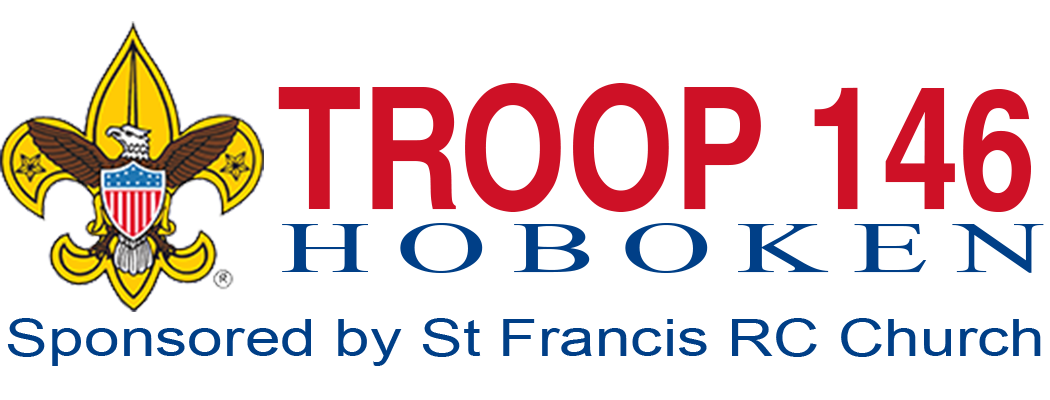Four Chaplains Story
The Four Chaplains Story
Around the 3 of February each year, a group led by Veterans from the American Legion Post 107 holds a memorial ceremony to honor the memory and legacy of The Four Chaplains.
The Four Chaplains were four World War II chaplains who died rescuing civilian and military personnel as the American troop ship SS Dorchester sank on February 3, 1943. The sinking of the SS Dorchester has often been referred to as the second-worst sea disaster of World War II. The Dorchester was a civilian liner converted for military service in World War II as a War Shipping Administration troop transport. She was able to carry slightly more than 900 military passengers and crew.
The Dorchester left New York City on January 23, 1943. It was headed to Greenland and was carrying approximately 900 as part of a convoy of three ships escorted by Coast Guard Cutters Tampa, Escanaba, and Comanche. During the early morning hours of February 3, the Dorchester was torpedoed by the German submarine U-223 off Newfoundland in the North Atlantic. The chaplains helped the other soldiers board lifeboats and gave up their own life jackets when the supply ran out. The chaplains joined arms, said prayers, and sang hymns as they went down with the ship.
As I swam away from the ship, I looked back. The flares had lighted everything. The bow came up high and she slid under. The last thing I saw was the Four Chaplains were up there praying for the safety of the men. They had done everything they could. I did not see them again. They themselves did not have a chance without their life jackets. — Grady Clark, survivor.
According to some reports, survivors could hear different languages mixed in the prayers of the chaplains, including Jewish prayers in Hebrew and Catholic prayers in Latin. Only 230 of the 904 men aboard the ship were rescued. Life jackets offered little protection from hypothermia, which killed most men in the water. The water temperature was 34 °F (1 °C) and the air temperature was 36 °F (2 °C). By the time additional rescue ships arrived, “hundreds of dead bodies were seen floating on the water, kept up by their life jackets.”
The impact of the chaplains’ story was immediate, profound and the subject of extensive media coverage. Each of the four chaplains was posthumously awarded the Distinguished Service Cross and the Purple Heart. The chaplains were nominated for the Medal of Honor but were ineligible as they had not engaged in combat with the enemy. Instead, Congress created a medal for them, with the same weight and importance as the Medal of Honor.
The relatively new chaplains all held the rank of first lieutenant. They included Methodist minister the Reverend George L. Fox, Reform Rabbi Alexander D. Goode (Ph.D.), Catholic priest Father John P. Washington, and Reformed Church in America minister the Reverend Clark V. Poling. Their backgrounds, personalities, and denominations were different, although Goode, Poling, and Washington had all served as leaders in the Boy Scouts of America. They met at the Army Chaplains School at Harvard University, where they prepared for assignments in the European theater, sailing on board Dorchester to report to their new assignments.

